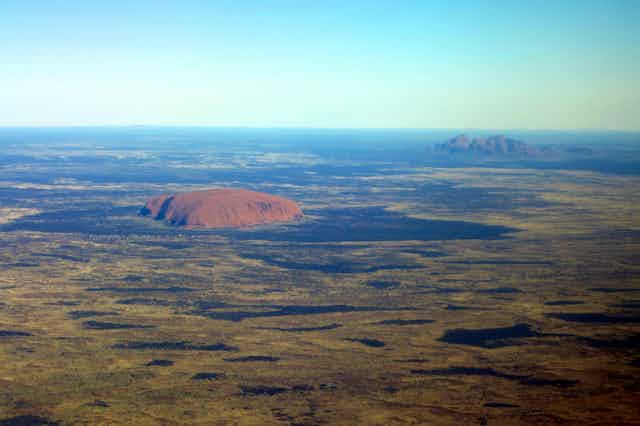Australia boasts over 500 national parks covering 28 million hectares of land, or about 3.6% of Australia. You could be forgiven for thinking we’re doing well in the biodiversity-conservation game.
But did you know that of those more than 500 national parks, only six are managed by the Commonwealth Government? For marine parks, it’s a little more: 61 of the 130-plus are managed primarily by the Commonwealth. This means that the majority of our important biodiversity refuges are managed exclusively by state and territory governments. In other words, our national parks aren’t “national” at all.
In a world of perfect governance, this wouldn’t matter. But we’re seeing the rapid “relaxation” of laws designed to protect our “national” and marine parks by many state governments. Would making all of them truly national do more to conserve biodiversity?
One silly decision resulting in a major ecosystem disturbance in a national park can take decades if not hundreds of years to heal. Ecosystems are complex interactions of millions of species that take a long time to evolve - they cannot be easily repaired once the damage is done.
Almost overnight, Queensland, New South Wales and Victoria have rolled back nearly two centuries of park protection. What’s surprising here is that many of our conservation gains in the last few decades (for example, the Natural Heritage Trust, the National Reserve System, the Environment Protection and Biodiversity Conservation Act and a national marine reserve network) originated from Coalition policies.
Having six quasi-autonomous states and several territories means the probability of implementing bad biodiversity policies is considerably higher than if a single, central government agency was responsible for their protection.
Federal Environment Minister Tony Burke has proposed extending the Commonwealth’s power to veto potentially high-impact activities like logging, grazing and mining proposed in national parks.
As ecologists and conservation scientists, we couldn’t agree more with the intent of this proposal, although we have several recommendations and caveats.
The power to veto high-impact activities isn’t enough. Vetos could be legally challenged by the states, and cooperation will depend on which parties are in control at state and federal levels at the time. Veto power alone could make for expensive and drawn-out court battles.
As far as legalisation goes, what we need is more concrete federal legislation restricting specific activities like fishing, logging and grazing.
Still, it’s no guarantee of course that the Commonwealth is any better at managing national parks than the states. Kakadu National Park - our biggest and possibly most important national park - is a global conservation embarrassment. Undermined by internal management bickering and insufficient funding, its unique biodiversity has been declining sharply for decades. Just having a Commonwealth-run national park can be insufficient.
The best thing the federal government can do is allocate a little more money to national parks. More evidence is coming to light that for national parks to maintain healthy ecosystems they require substantial effort on the part of their managers, and adequate funding.
That “adequate funding” wouldn’t drain the national budget dry. A study from Birdlife International estimated that it would cost up to US$4.76 billion annually to protect the entire planet’s threatened species from extinction, or up to US$76 billion annually to protect and maintain protected areas like national parks. To put those amounts into perspective, that’s less than 20% of the global annual budget spent on soft drinks each year.
If we therefore allocated only a little more to manage our national reserve system, and a little more for local communities to get involved, we could fix many of the conservation problems our national parks face today.
We need to take a long, hard look at our national parks, marine parks and our national reserve system in general, and ask ourselves if we value the biodiversity they are meant to protect. If the answer is “yes”, then we need to encourage our leaders to push more of the budget pie in their direction, and discourage - through legal means - knee-jerk decisions to exploit their resources. We can do better.

